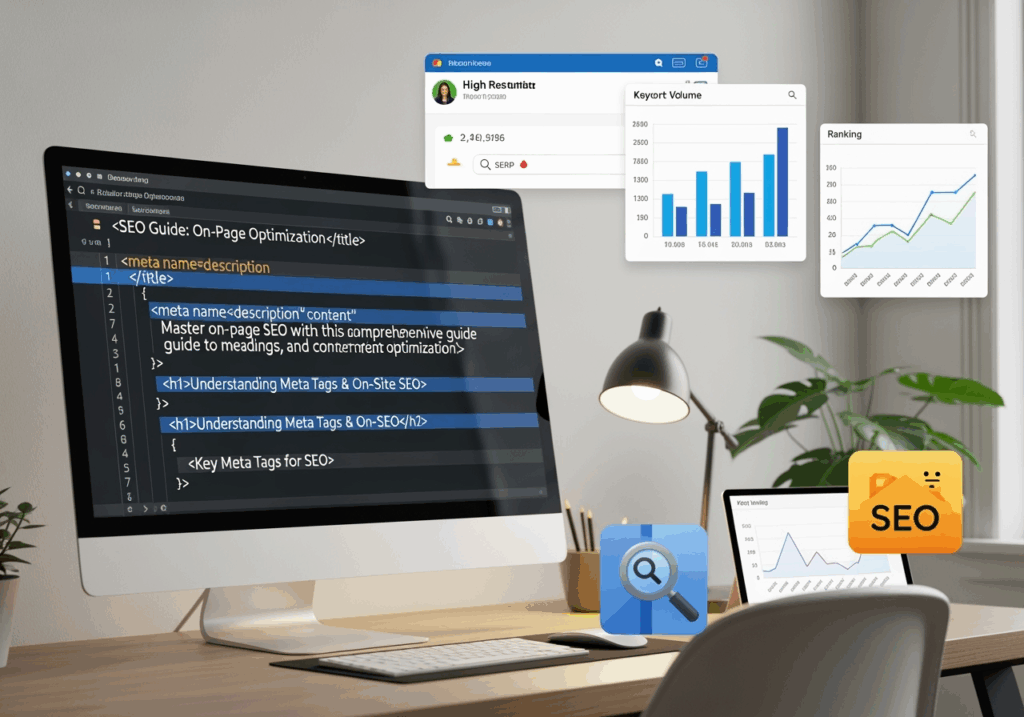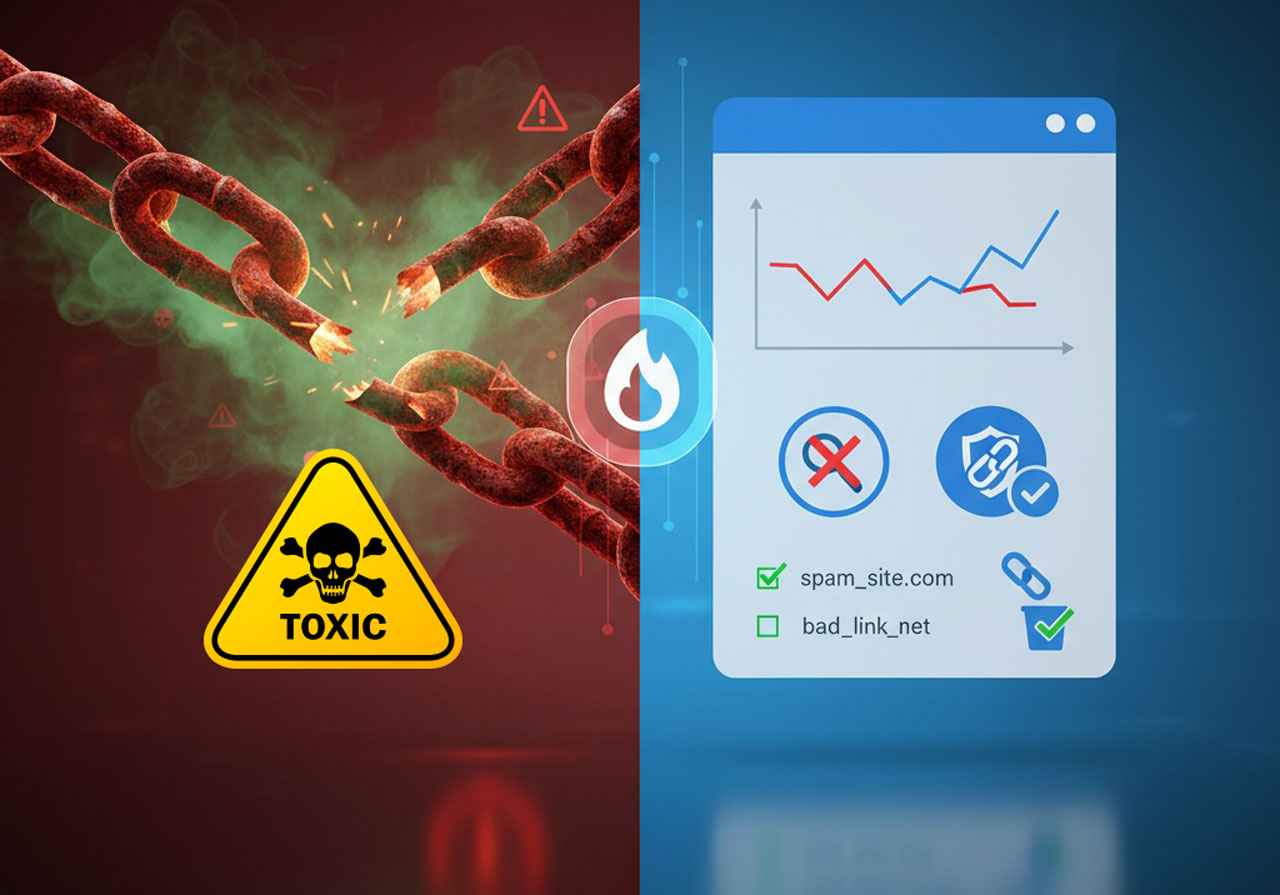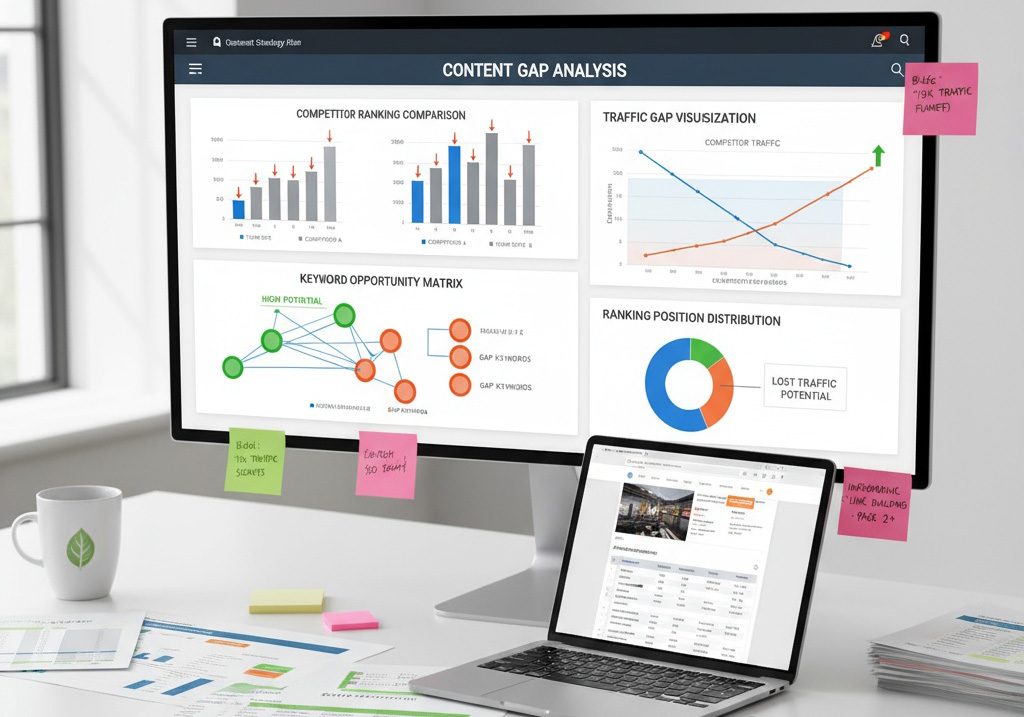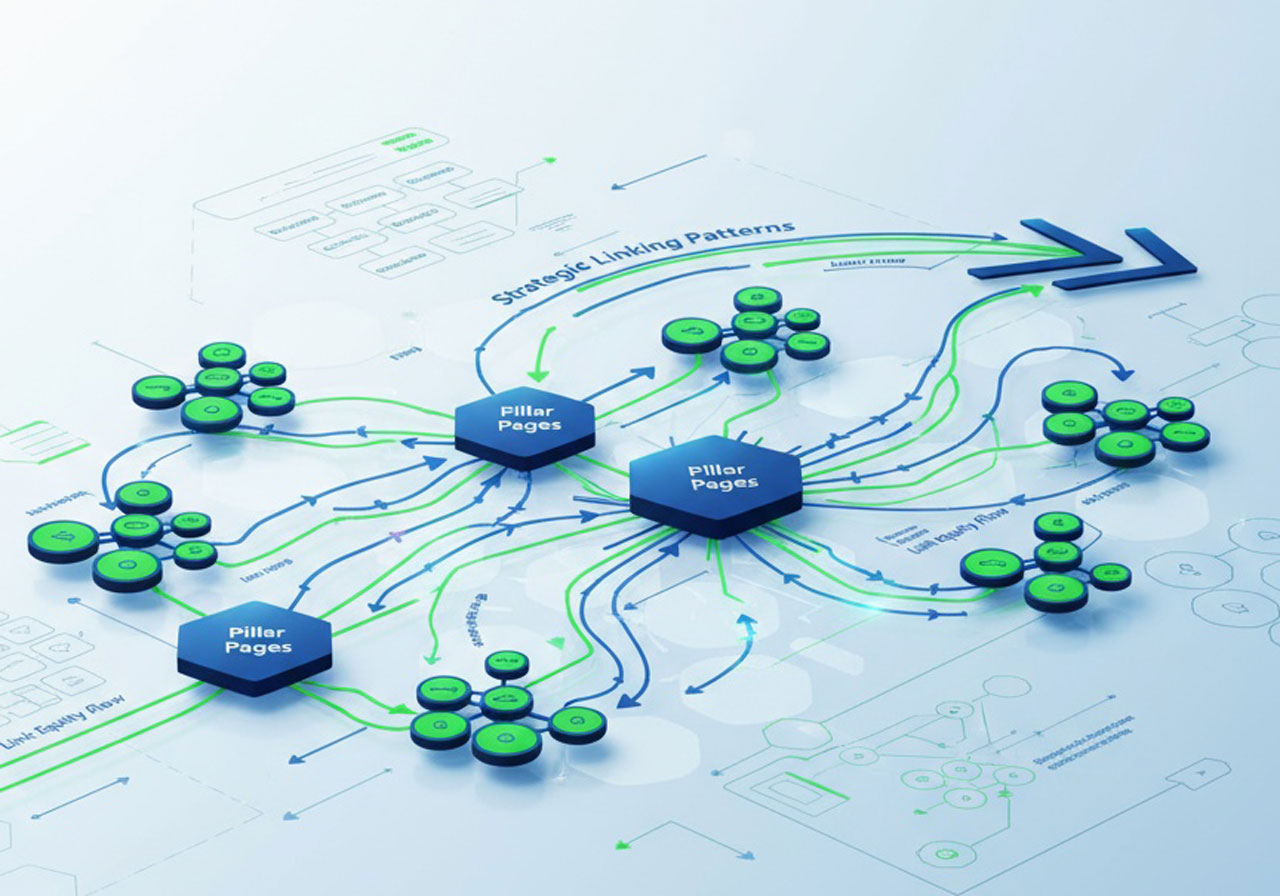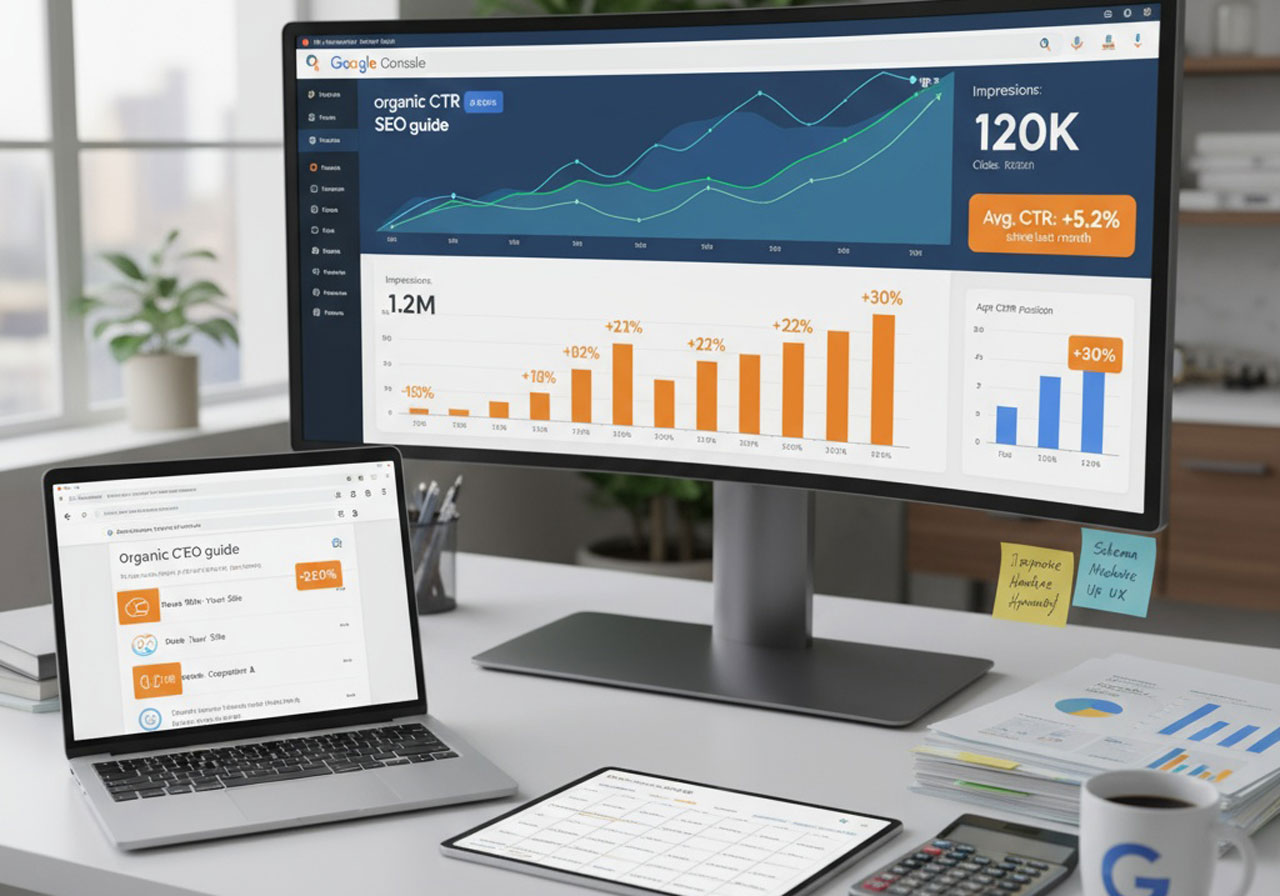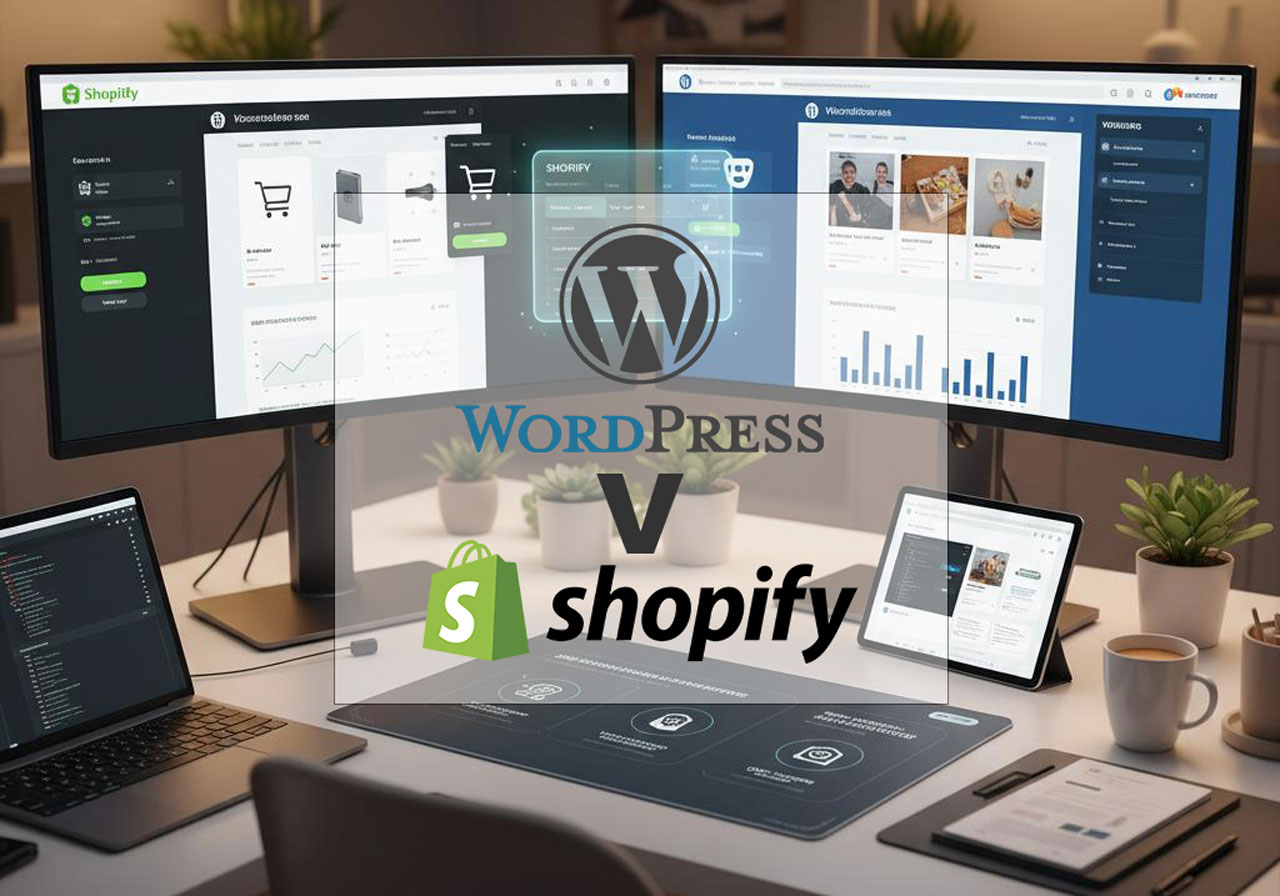Use of Meta Tags in websites
It’s unusual for a user to go beyond the first or second page of Google search results, so it is vital for every website to rank as highly as possible on the results pages.
One of the most important tools to help you to achieve the greatest results is correctly formed SEO-tags and unique content for all website pages. Just in this case, the search engines will index the content as relevant and useful for potential visitors.
This guide explains what a meta tag is and also reviews the most important tags to use and explains what obsolete tags you shouldn’t use.
What is a meta tag?
The techy answer
Meta tags should be understood as HTML tags specifying the service information about the page. This information mostly is placed inside the…container and is not visible to the site visitor. These optional attributes can contain the site description, information about the author, control commands for the browser and search robots, and other service information.
The non techy answer
Meta tags are extremely important for SEO. While developing the site, it is a must to pay enough attention to creating the well written and correct meta tags.
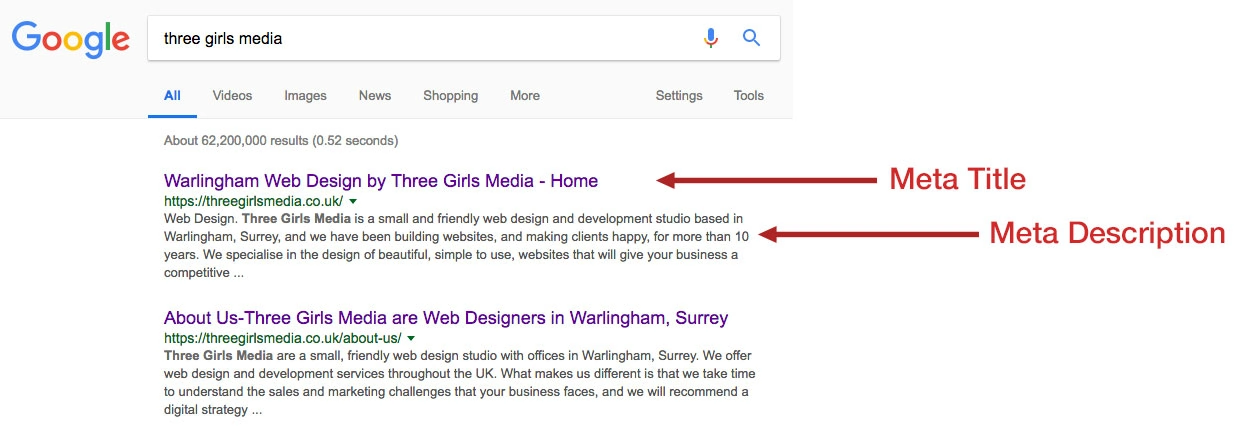
The most important meta tags
Title
Title contains the information about the title of the page, which is displayed as the first line in Google search results page for each site and is displayed in the browser tab. It’s very difficult to overestimate its value, because it has a significant impact on page ranking, tells the users and the search engines about the content of the page. This is by far the most important tag and every page on your website should have a well thought out Title tag..
WhImportant points:
- The title should be unique on all pages of the site.
- The title should reflect the content of the page – should be informative and concise.
- It should contain 1-3 principal keywords, but avoid adding too many keywords as this can lead to penalties.
- Do not use special characters, punctuation marks and stop symbols as they may not be supported.
- Create a Title tag that appeals to users of your website rather than trying to craft something that you think will beat the search engines. Modern search algorithms mimic people and detect the propser use of language. The title should be catchy and make the reader want to find out more.
- The optimal title length is about 30 to 65 characters. If it is longer, the title in the snippet will be cut. A short title is also a mistake as the opportunity for Googe and other search engines to index it are reduced..
Description
Description meta tag is to describe the page, which helps the visitor to decide whether or not they actually want to click through and open the page. The text of this tag is often displayed by search engines immediately under the link to your site. Google generates snippets from the meta description tag in 60% of cases. This means that by describing the page in the description tag, you increase the chances to be higher in search engine rankings. But keep in mind that the description tag does not directly affect the site ranking but only indirectly increases the site clickability.
What to keep in mind
- Must reflect the content of the page and may consist of several sentences.
- Must be unique for all pages of the site, do not duplicate similar tags on other pages or sites.
- In the tag, you should use the keywords for website promotion.
- The content of the tag should not duplicate title.
- The optimal description length should be at least 70 and not more than 150-200 characters.
- Include the main benefits of the company, product, or services.
- The most important information and phrases should be placed in the beginning.
H1
A very important tag, displaying the title of the content. It is mainly the first tag the visitor see on the page. It is the best place to specify the major keyword for website promotion. The page title usually contains 1-3 words. Exception — articles, products, projects, etc.
What to keep in mind
- The tag should be used ONLY once per page. It’s a mistake not to have an H1 tag.
- H1 tag should contain the main keyword of the page.
- The recommended length is not more than 70 characters (however, this does not mean that it is forbidden to use longer tags).
- H1 tags are recommended to be unique.
- In online shops, it’s better when H1 describe the principal characteristics of the product, such as length, width, color, model.
H2, H3, H4, H5, H6
IMPORTANT! A hierarchy of tags should be respected. Tags H1-H6 are used precisely as headings of the content on the page. The average hierarchy is the following:
Heading 1
Heading 2
Heading 3
Heading 3
Heading 2
Heading 3
Heading 3
H4-H6 tags are used very rarely. In most cases they are used in longreads.
Heading tags should contain promoted keywords but they must look natural.
Robots
The robots.txt file is one of the most important for website optimization. If there is no robots.txt file, the search robots will load the site and cause slow indexation and reindexation.
A content attribute may contain the following data:
- all — all the text and links on the page are indexed by search robots;
- index, follow — the same as all;
- noindex — the indexation is forbidden;
- nofollow — search robot cannot click the links on the page;
- none — the search robot cannot index text and follow links on the page;
- noindex, nofollow — the same as none;
- noarchive — do not display a link to the saved copy on the search results page;
Index and Noindex meta tags perform the same features as the Allow and Disallow directives in the robots.txt file — they allow or forbid page indexing.
Canonical tag shows the URL of the page that is recognized as “canonical”. For example, the same content is on several pages. So, the search engine does not consider such pages as duplicates, as one of them is recognized as canonical. The Prev and Next tags are used on resources with pagination (for example, category pages in the online store).
Open Graph tags
Open Graph protocol is a group of meta tags that tell social networks about the content of the pages that you share. Thanks to this, links from a set of characters turn into clear headlines with pictures and explanations.
As social networks are one of the largest sources of traffic, you should use Open Graph not to lose visitors and potential customers.
Open Graph meta tags
- og:title — the page title (not longer than 65 characters);
- og:type — describes the type of object on the page (website, blog, book, movie, etc.);
- og:image — the URL of the displayed image;
- og:url — the address of the site;
- og:description — a short description of the page (not more than 300 characters);
- og:video — URL of the video on the page;
- og:locale — the language of the page;
- og:site_name — the site name.
Outdated tags
Keywords
This meta tag has not been considered by Google search robots for a long time.
Conclusion
Most of the websites we design are built on WordPress, and it is a fantastic platform for Search Engine Optimisation.
The Yoast SEO plugin for WordPress makes adding meta tags in the right places a breeze, and even tells you when your Titles or Descriptions are too long or too short. We recommend buildin a spreadsheet of pages with the relevant Titles and Descriptions using well researched keywords, and simple but catchy language.
Optimising the meta tags of your website pages is part of our Search Engine Optiisation service, and is available either at the time of the website build or afterwards. Please contact us for further information.

